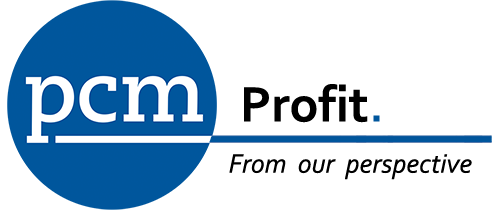Case Study: Construction

Overview
One of Australia’s largest contracting firms, operating across a range of sectors – including construction, mining and infrastructure – experienced project overruns, which significantly eroded contributions from profitable projects. When investigated, there was a ‘disconnect’ between granular reporting and forward estimates used in project reviews. Or in other words, a failure to transform project data into the insights required for informed decision making.
Furthermore, changes to forecasts, including approved variations and claims, from one period to the next, made consolidated reporting to senior management highly variable and in some cases, unreliable.
With the impact of one poor performing project offsetting the earnings of six to eight profitable projects, there was an urgent need to identify and address profit leakage within projects / contracts early in their life cycle.
The
Challenge
PCM were required to review existing project reporting and validate the drivers of project profitability, taking into account the unique circumstances of each contract, initial estimates and approved variations.
Specifically, PCM were engaged to :
- Identify Profit Leakage points throughout the project / contract lifecycle, from pre-project estimation to post implementation / handover.
- Upgrade monthly project reporting to red flag potential risks, variations in prior forecasts and/or assumptions outside industry benchmarks.
- Provide full transparency of project / contract performance in real time, including consolidation into Executive reporting.
- Develop a range of historical, trend, comparative and lead KPIs (metrics), relevant to each reporting tier (ELT, Divisional, Business Unit, Project), complete with agreed definitions and source data requirements.
- Design and build Performance Dashboards, suitable to Executive reporting and in the field, on mobile devices.
The PCM
Approach
PCM invested time to fully understand the fundamentals of project / contract profitability within the business, based on available information, reporting, policies and work practices. Then Benchmarked each stage with known industry best practices.
Based on this initial assessment, PCM focused on Profit Leakage Points, by project / contract, in the following areas :
- Estimation / tender assumptions
- Variations in unit cost and resource requirements
- Client initiated variations, inclusions and/or scope changes
- Impact of external events
- Failure to comply with agreed policies, contractual terms and/or delegations of authority
The
Result
For a portfolio in excess of $5.4 billion work in hand, just over 30% of all projects (based on revenue) were found to have a high risk of profit leakage. This equated to approximately $26M in avoidable losses, associated with delays, variations, contractual obligations and scope changes.
The analysis of current projects / contracts, combined with on-demand Performance Dashboard reporting also initiated improvements in KPIs, project reporting and post implementation reviews.
Based on the 12 month period after PCM’s engagement, profit leakage (avoidable losses) have fallen by around 17%, when reviewed on a like-for-like basis. In other words, $4.4M in validated benefits have been secured, as a direct result of program initiatives.

